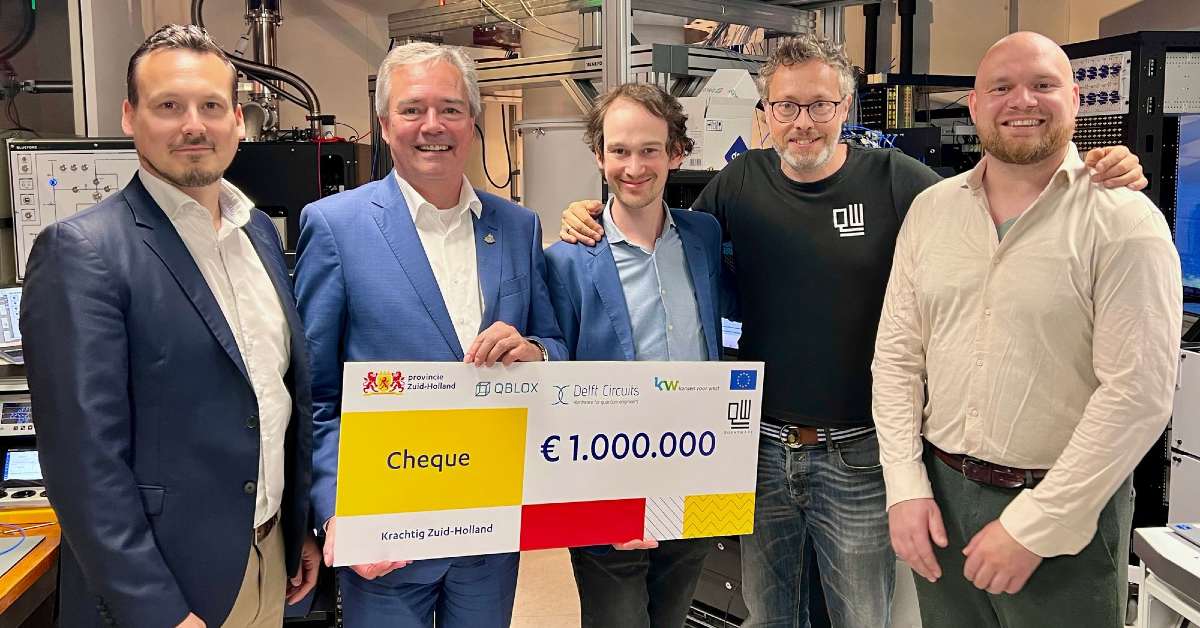We human beings have been looking for a sustainable way to store energy for a long time since innovative energy storage is crucial to the future of renewable sources. While the race is already on to find new ways to stash power, the researchers have found a new way of turning the house brick into a battery that can store electricity.
It’s nanotech, you like it?
Yes, you read it right! Turning a real brick into a battery, thanks to nanotech (the same tech Tony Stark used for his suite in Avengers: Infinity War). This method paves a path for cheaper supercapacitor storage of renewable energy, claims the study!
This technology makes use of porous properties (microscopic holes) of bricks and fills it with tiny nanofibers of conducting plastic that can store electric charge. As per the researchers’ claims, the first brick holds enough current to light a small lamp. If the capacity is increased, it can become an inexpensive substitute for lithium-ion batteries.
Supercapacitors
Unlike batteries that store energy through chemical reactions, bricks act as supercapacitors that reserve electricity as a static charge in solids. However, the properties of supercapacitors are such that they can hold a small fraction of energy, despite their faster charge and discharge capabilities.
Consequently, researchers are working towards increasing the energy capacity of supercapacitors and the charging speed of batteries.
“A solar cell on the roof of your house has to store electricity somewhere and typically we use batteries,” said Julio D’Arcy, at Washington University in St Louis, US, who was part of the research team. “What we have done is provide a new ‘food-for-thought’ option, but we’re not there yet.”
Significant scope for improvement
While the energy density of the brick is just 1% than of lithium-ion batteries, it can be increased ten-fold by adding metal oxides to store more charge in the bring, claims D’Arcy.
“Heat has been the overriding area of interest when considering energy storage within the fabric of buildings. This study shows there is potential to store electrical energy as well. The performance is a long way short of bespoke supercapacitors, but the principle is proven and there is significant scope for improvement,” said electrochemical engineering professor Dan Brett of the University College London.
Long way to go
As a part of the experiment, the researchers made a prototype of power bricks using chemical vapors to form a network of plastic nanofibers called PEDOT. It’s worth mentioning that power bricks can be recycled up to 10,000 times before losing their capacity.
Richard McMahon, a professor of power electronics at the University of Warwick, UK, said the research was intriguing. “Energy storage is of great contemporary interest, especially in the electrical form. [But] although this work is an interesting demonstration of a possibility, it is a long way from practical application.”
So what do you guys think about it? Do let us know in the comment section below!
Main image credits: D’Arcy Research Laboratory










01
From telecom veteran to Dutch Startup Visa success: The Jignesh Dave story